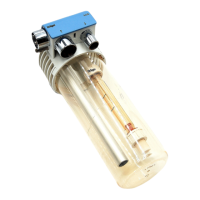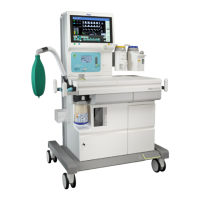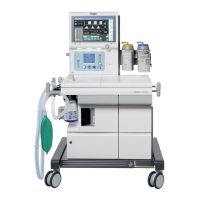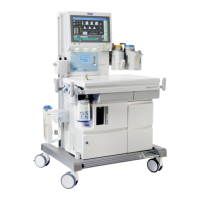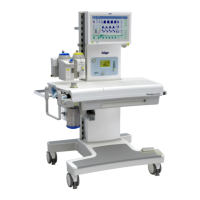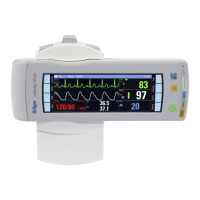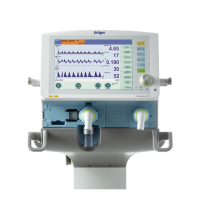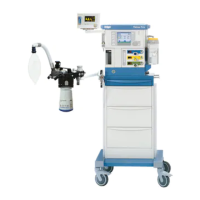Monitoring
Instructions for Use Apollo SW 4.5n 181
Part Number: 9053586, 3rd edition
Note: The displayed plethysmogram is a relative
indicator of the pulse amplitude. Its scale is
not absolute and it should only be used to
judge the quality of the SpO
2 measurement.
Applying the Durasensor DS-100 A
Figure 110. Applying the SpO2 Sensor
Reusable sensor for short-term monitoring of
relatively quiet patients weighing over 88 lbs (40 kg).
The sensor is ideally positioned on the index finger,
although any of the other fingers may also be used, if
required. The little finger should be used if the patient
is particularly large or obese.
1. Open the clip slightly and slide the sensor onto
the finger. The tip of the finger must touch the
end of the sensor and the soft padding should
rest on the nail and tip of the finger. The lead
should be on top of the finger.
2. Make sure that the finger is not compressed or
hurt by the clip.
CAUTION!
Risk of inaccurate data
Sensor performance may be impaired and lead to
inaccurate results if the patient moves violently.
The sensor should be positioned at a quite/stable
site in order to reduce the risk of artifacts due to
movements.
CAUTION!
Risk of inaccurate data
If incorrectly used, the adhesive strips may cause
the pulse signal to fail. The adhesive strips must not
be stretched unduly.
Never use two adhesive strips as this can lead to
venous pulsation, causing the pulse signal to fail.
CAUTION!
Risk of inaccurate data
In the presence of shock, low blood pressure,
severe vasoconstriction, major anemia,
hypothermia, arterial occlusion proximal to
thesensor, and asystolia, the pulse signal may fail.
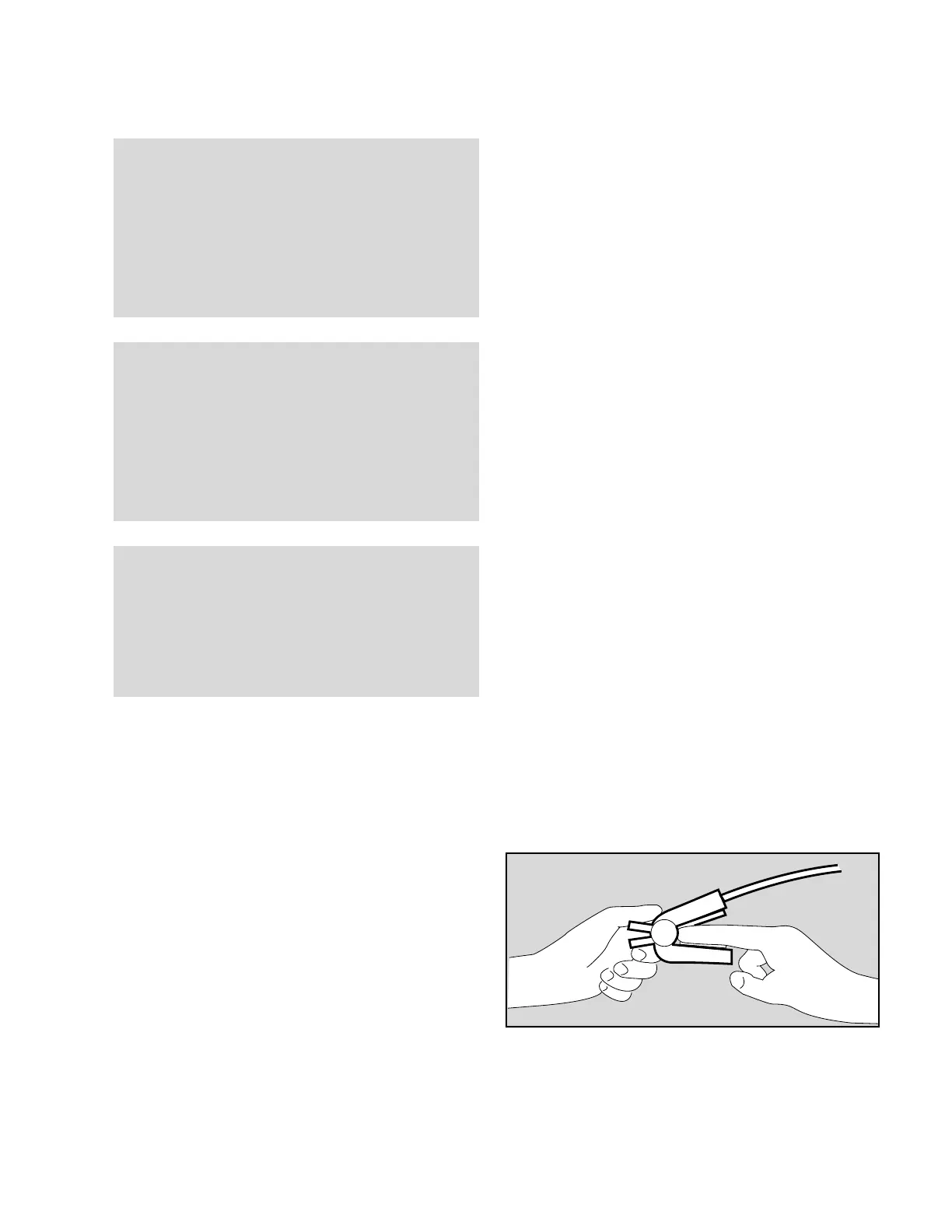